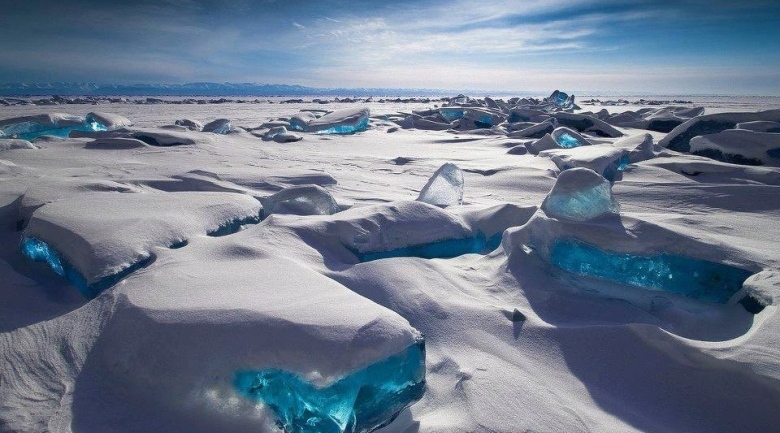
A shift from briny to fresh in Antarctica’s ocean waters in recent decades could explain the shutdown of the Southern Ocean’s coldest, deepest currents, a new study finds.The currents, called the Antarctic Bottom Water, are salty rivers that flow from the underwater edge of the Antarctic continent north toward the equator, keeping to the bottom of the seafloor.
The currents carry oxygen, carbon and nutrients down to the deepest parts of the ocean. Previous studies have found this deep, dense water is disappearing, though researchers aren’t sure if the shrinkage is part of a long-term trend linked to global warming, or a natural cycle.
The new study suggests that Antarctica’s changing climate is to blame for the shrinking Antarctica Bottom Water. In the past 60 years, the ocean surface offshore Antarctica became less salty as a result of melting glaciers and more precipitation (both rain and snow), researchers reported Sunday (March 2) in the journal Nature Climate Change. This growing freshwater layer is the key link in a chain that prevents the cold-water currents from forming, the study finds.
